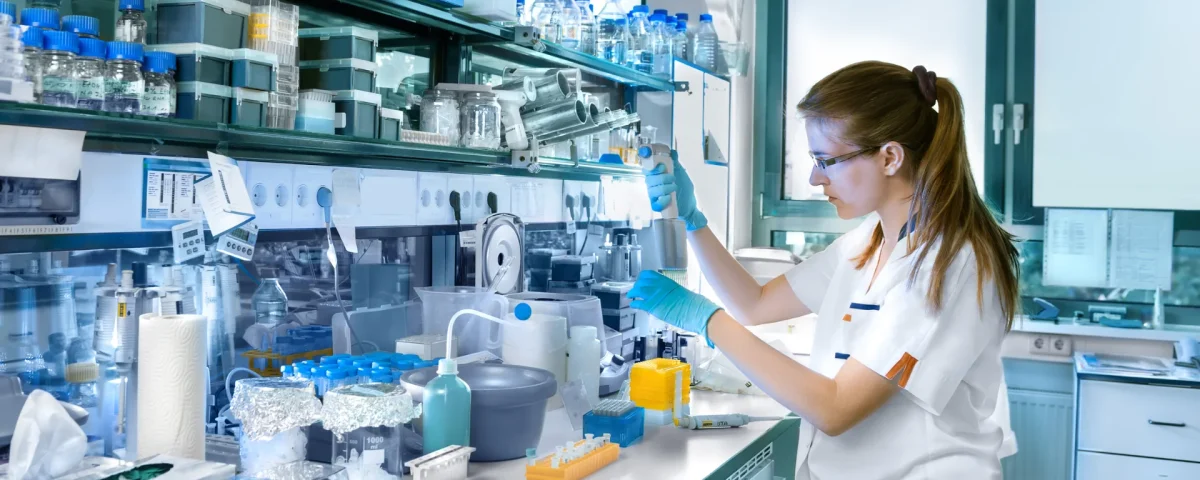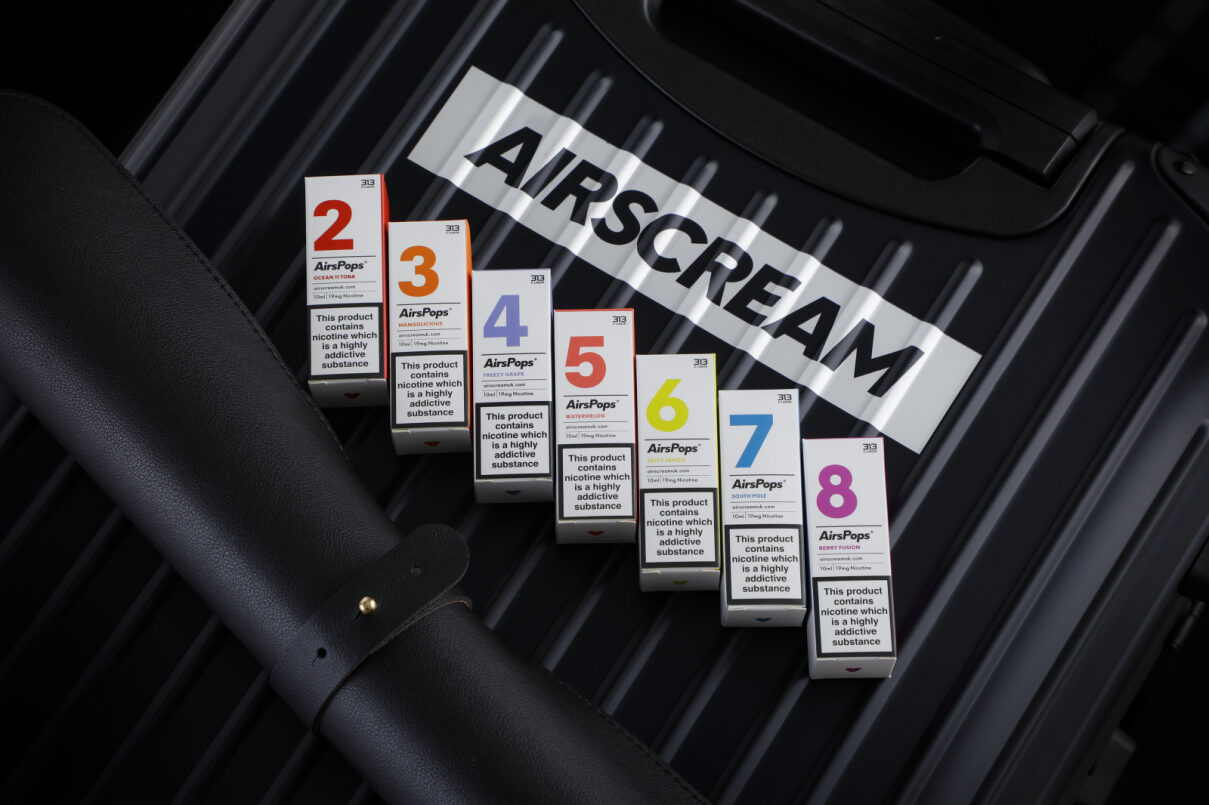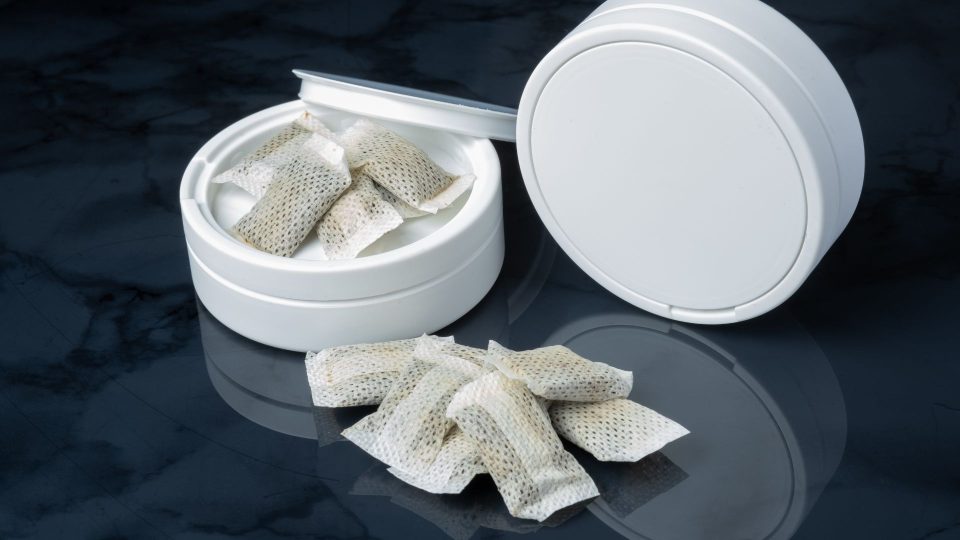
Blog
How Outdated Experimental Designs Have Misrepresented Vaping Risks
27 February, 2025

Electronic cigarettes, commonly known as e-cigarettes or vaping devices
have become increasingly popular as alternatives to traditional tobacco products. To ensure consumer safety and product consistency, standardized testing methods were developed in the early stages of e-cigarette evolution. One such method is the Cooperation Centre for Scientific Research Relative to Tobacco (CORESTA) Recommended Method No. 81, established in 2015. This method outlines specific parameters for generating and collecting e-cigarette aerosol for analytical testing purposes.
However, as vaping technology has rapidly advanced, the relevance of these early testing protocols has come into question. Studies suggest that outdated experimental designs may not accurately reflect real-world vaping conditions, potentially leading to misleading conclusions about the safety and emissions of modern e-cigarette devices.
The CORESTA Recommended Method No. 81
CORESTA’s Recommended Method No. 811 was designed to provide a standardized approach for evaluating e-cigarette emissions. The method specifies parameters such as puff duration (3 seconds), puff volume (55 mL), and puff frequency (one puff every 30 seconds). These settings were based on the characteristics of early-generation “cig-a-like” devices, which had limited battery power and vapor production.
While this standardization aimed to facilitate consistent testing across laboratories, it did not account for the diverse range of devices that would emerge in subsequent years. Modern e-cigarettes, particularly high-power “sub-ohm” devices, operate under different conditions, often requiring increased airflow or different coil design to prevent overheating and to produce the desired vapor output without degrading e-liquid content into harmful chemicals.
Limitations of CORESTA Method No. 81 in Assessing Modern Vaping Devices
Applying the fixed parameters of CORESTA Method No. 81 to contemporary high-power vaping devices can result in testing conditions that does to reflect realistic vape usage condition. For instance, the specified puff volume and duration may not align with the actual usage patterns of these devices, leading to discrepancies between laboratory findings and real-world experiences. Moreover, insufficient airflow during testing can cause excessive heating of the coil, leading to the decomposition of e-liquid components such as propylene glycol.2 This degradation can produce harmful by-products, including formaldehyde (a known carcinogen to human), which may not occur under typical user conditions.
A notable example is a 2015 study titled “Hidden Formaldehyde in E-Cigarette Aerosols,”3 which reported high levels of formaldehyde emissions when tested by adopting CORESTA method. (However, subsequent research indicated that these findings resulted from “dry puff” conditions—situations where the e-liquid is insufficiently supplied to the heating element, leading to overheating and unpleasant tastes that users typically avoid.4 Therefore, the elevated formaldehyde levels observed were not representative of standard vaping practices.
Ensuring Accurate E-Cigarette Emission Assessments Through Realistic Testing Protocols
To obtain accurate assessments of e-cigarette emissions and associated risks, it is crucial to employ testing protocols that mirror actual user behaviours and device capabilities. Recognizing this need, CORESTA has developed additional guidelines, such as the Technical Guide No. 22,5-6 which provides recommendations for selecting appropriate intense vaping regimes tailored to various device types.
This guide addresses the issue by providing details about various factors that affect the amount of aerosol generation such as overall vape device design, puff duration, heating element (coil) and battery charge state. This would require the testing personnel to have comprehensive knowledge on the vaping devices before setting up testing parameters.
By updating experimental designs to reflect the current landscape of vaping technology and user habits, researchers can ensure that their findings are both relevant and reliable. This approach helps minimize the dissemination of misleading information and supports the development of regulations and public health recommendations based on accurate data.
Conclusion
The evolution of e-cigarette technology necessitates a corresponding evolution in testing methodologies. Reliance on outdated experimental designs can lead to misrepresentation of the risks associated with vaping, potentially influencing public perception and policy decisions unjustly. It is imperative for the scientific community to continually adapt testing protocols to align with current devices and user behaviours, ensuring that assessments of e-cigarette emissions are both accurate and applicable to real-world scenarios.
- CORESTA. CORESTA Recommended Method No. 81: Routine Analytical Machine for E-Cigarette Aerosol Generation and Collection – Definitions and Standard; Cooperation Centre for Scientific Research Relative to Tobacco, 2015. Available at https://www.coresta.org/sites/default/files/technical_documents/main/CRM_81.pdf (accessed Feb 19, 2025)
- Cancelada, V.; Tang, X.; Russell, M. L.; Maddalena, R. L.; Litter, M. I.; Gundel, L. A.; Destaillats, H. Volatile aldehyde emissions from “sub-ohm” vaping devices. Environ. Res. 2021, 197, 111188. https://doi.org/10.1016/j.envres.2021.111188.
- Jensen, R.P.; Luo, W.; Pankow, J.F.; Strongin R. M.; Peyton, D. H. Hidden Formaldehyde in E-cigarette Aerosols. NEJM. 2015, 372(4), 392-394. DOI: 10.1056/NEJMc1413069.
- Farsalinos, K. E.; Voudris, V.; Spyrou, A.; Poulas, K. E-cigarettes emit very high formaldehyde levels only in conditions that are aversive to users: A replication study under verified realistic use conditions. FTC. 2017, 109(1), 90-94. https://doi.org/10.1016/j.fct.2017.08.044.
- CORESTA Technical Guide No. 22: Selection of Vaping Regimes for E-Vapour Devices; Cooperation Centre for Scientific Research Relative to Tobacco, 2018. Available at https://www.coresta.org/sites/default/files/technical_documents/main/Guide-No22_VapingRegimesE-VapourDevices_Feb18.pdf (accessed Feb 19, 2025).
- British Standards Institution. BS EN 17957:2024 – Vapour Products: Vaping Regime for Products Intended to Be Used for Direct to Lung Inhalation; BSI, 2024.






